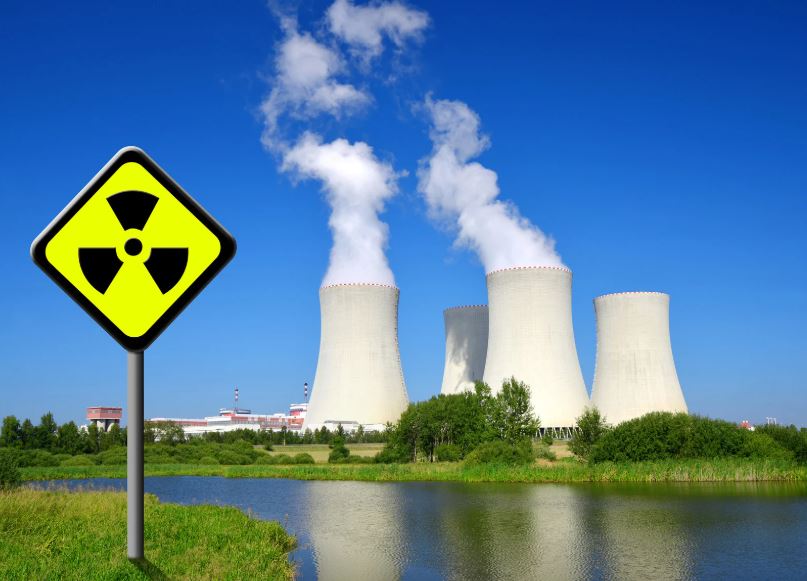Canada’s small modular reactor market commands a projected CAD 5.3 billion value between 2025 and 2040, yet the integration of SMR technology with green hydrogen production remains largely theoretical despite ambitious corporate announcements. First Hydrogen Corp’s expanded collaboration with the University of Alberta’s Renewable Thermal Laboratory exemplifies the gap between technological aspirations and commercial reality in Canada’s nuclear-hydrogen nexus.
The company’s announcement of SMR design collaboration coincides with Canada’s first approved SMR project at Darlington, featuring four GE Hitachi BWRX-300 reactors producing 300 MW each, establishing a benchmark for nuclear-hydrogen integration viability. However, the economic fundamentals underlying these partnerships reveal significant challenges that extend beyond technological development.
Data center power demand projections underscore the urgency driving nuclear-hydrogen convergence strategies. Goldman Sachs forecasts a 160% increase in data center power consumption by 2030, with AI applications consuming approximately 10 times the electricity of traditional search queries. This demand surge positions nuclear-produced hydrogen as a potential solution for grid stabilization, yet the commercial pathways remain underdeveloped.
Canada’s nuclear infrastructure currently generates 15% of national electricity through 22 reactors across five plants, providing a foundation for expanded nuclear-hydrogen integration. The federal government’s SMR endorsement reflects strategic recognition of energy security imperatives, but implementation timelines suggest significant delays between policy support and operational deployment.
First Hydrogen’s partnership with Professor Muhammad Taha Manzoor addresses fuel reactor materials and design optimization specifically for AI data center applications. This focus on computational infrastructure requirements represents a strategic pivot from traditional hydrogen production models, acknowledging that data center operators require reliable baseload power unavailable from intermittent renewable sources.
Ontario’s target of completing Canada’s first SMR by 2030 provides a timeline framework for nuclear-hydrogen integration, yet the complexity of reactor licensing and construction suggests potential delays. The BWRX-300 design chosen for Darlington has not achieved commercial operation anywhere globally, introducing technological risk factors that could impact hydrogen production timelines.
The collaboration between First Hydrogen and the University of Alberta reflects broader industry recognition that SMR-hydrogen integration requires multidisciplinary expertise spanning nuclear engineering, hydrogen production systems, and grid integration technologies. Dr. Manzoor’s emphasis on assembling diverse expert teams acknowledges the technical complexity inherent in nuclear-hydrogen convergence.
Global SMR market projections reach CAD 150 billion between 2025 and 2040, indicating substantial commercial opportunities beyond Canadian domestic deployment. However, these projections assume successful technology demonstration and regulatory approval processes that remain incomplete across multiple jurisdictions.
Current electrolyzer technology requires consistent power input for optimal hydrogen production efficiency, making nuclear power an attractive baseload source compared to variable renewable generation. SMRs offer potential advantages through their modular construction and simplified designs, yet these benefits remain theoretical until commercial demonstration validates performance claims.
OPG’s Wesleyville site assessment suggests capacity for up to 10 GW of new nuclear generation, potentially supporting large-scale hydrogen production facilities. This infrastructure planning indicates a serious commitment to nuclear expansion, though hydrogen integration requires additional process equipment and supply chain development.
The economic case for nuclear-hydrogen production depends on electricity pricing models that reflect both capital costs and operational characteristics of SMR technology. First Hydrogen’s targeting of $36/MWh power costs from SMRs requires validation through actual operational data unavailable from current SMR deployments.
Market dynamics suggest that nuclear-hydrogen integration faces competition from renewable energy sources experiencing declining costs and improving grid integration capabilities. While SMRs offer baseload advantages, their capital intensity and regulatory complexity may constrain competitive positioning relative to wind and solar alternatives.
The AI-driven data center boom creates new demand patterns that favor reliable power sources, potentially improving the economic case for nuclear-hydrogen integration. However, data center operators increasingly pursue direct nuclear power purchase agreements rather than hydrogen intermediation, potentially limiting market opportunities for combined nuclear-hydrogen projects.
First Hydrogen’s stock performance reflects broader challenges facing hydrogen sector companies, with venture exchange listings indicating early-stage development status rather than established commercial operations. The company’s expansion into SMR design collaboration represents strategic diversification but requires substantial capital investment and regulatory navigation.
Canada’s nuclear expertise through CANDU reactor technology provides technical foundations for SMR development, yet the transition from research collaboration to commercial hydrogen production requires overcoming regulatory, financing, and market development challenges that extend well beyond university partnerships. The integration of nuclear and hydrogen technologies represents a promising but unproven pathway requiring sustained commitment and realistic timeline expectations.





